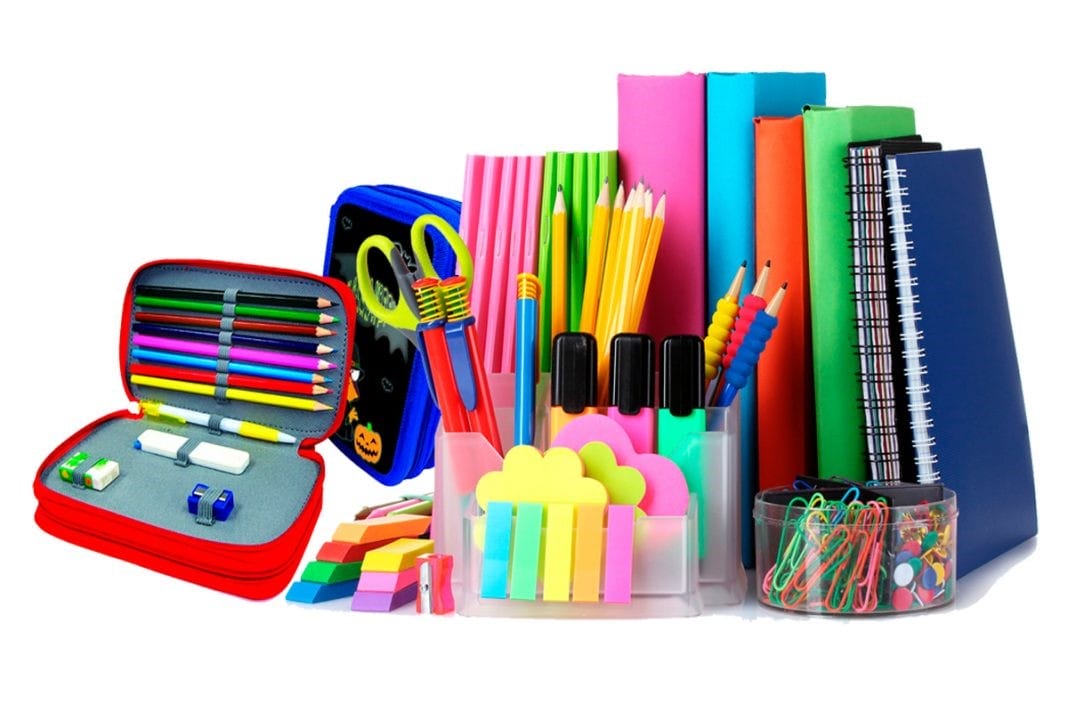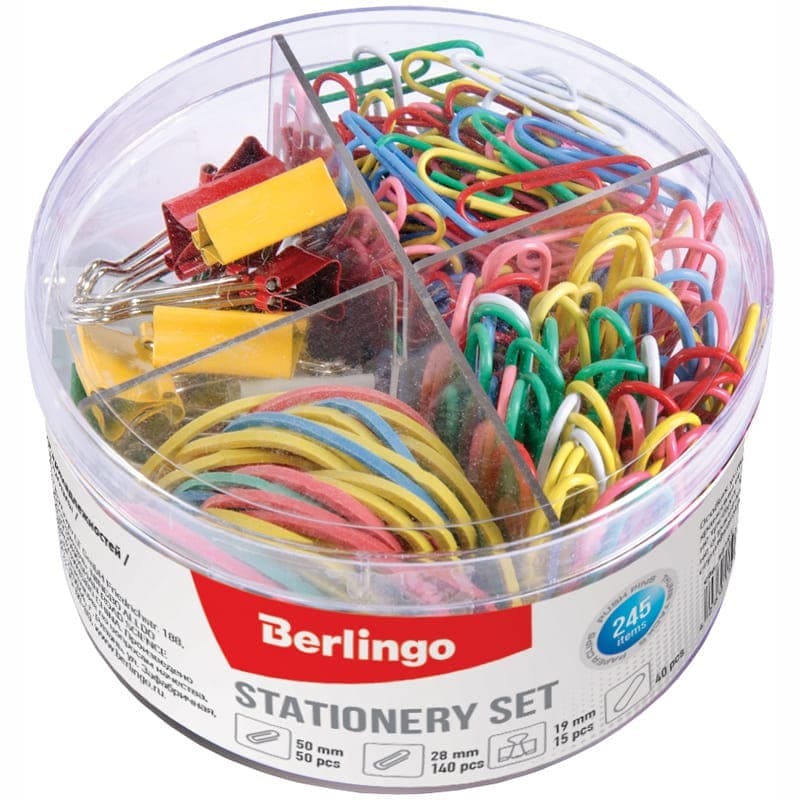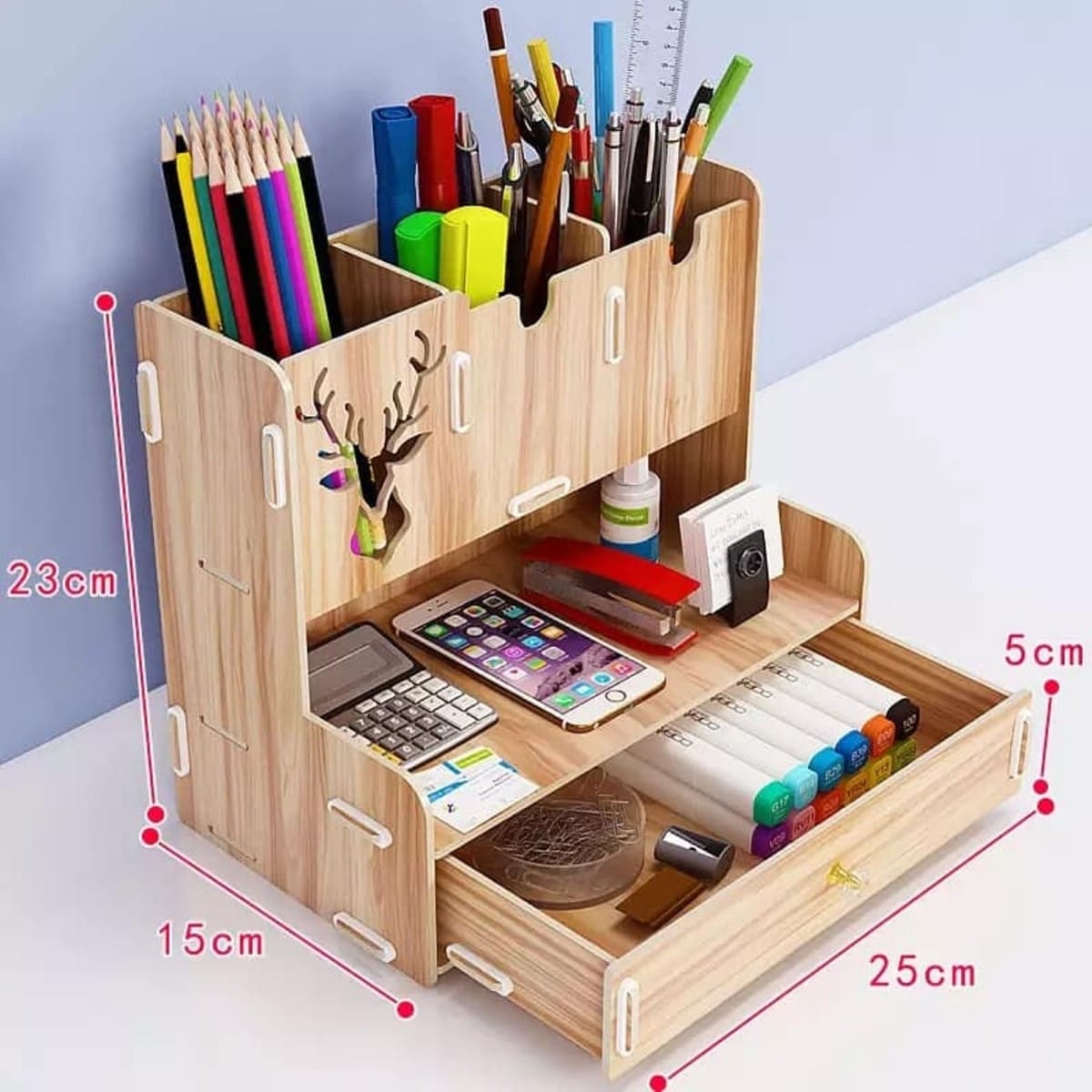Stories
Technology and Innovation in Stationery Products: Redefining the Way We Write and Organize

The stationery industry, traditionally associated with paper and pens, is undergoing a transformation driven by technology and innovation. As digital tools become increasingly integrated into everyday life, stationery products are evolving to meet the changing needs of modern users. Today, innovations such as smart pens, digital note paper, and other technological advancements are redefining how we write, sketch, and organize in both personal and professional settings. This article delves into the latest trends in the development of stationery products, highlighting how these innovations enhance functionality and user experience.
Smart Pens: Bridging the Gap Between Digital and Analog
Smart pens represent a significant leap in stationery technology. These devices look and feel like traditional pens but offer advanced features such as digital syncing, audio recording, and handwriting recognition. By capturing a digital copy of handwritten notes, smart pens allow users to easily transfer their notes to digital devices, where they can be stored, searched, and shared. Some smart pens are equipped with pressure sensitivity and gesture recognition, making them ideal for artists and designers who prefer the tactile feedback of pen on paper but need the versatility of digital editing.
Digital Note Paper: The Future of Note-Taking
Digital note paper is another groundbreaking innovation that combines the tangibility of physical writing with the convenience of digital storage. This technology uses special paper that can communicate with digital pens to instantly digitize written content. The digitized notes can then be edited, organized, and accessed on digital devices, offering a seamless transition from paper to digital formats. This is particularly beneficial for professionals who need to keep digital records of their handwritten documents without sacrificing the traditional note-taking experience.
E-Ink Devices and Paper-like Displays
E-Ink technology, best known for its use in e-readers, is making its way into the stationery world through devices that mimic the appearance and feel of real paper. These devices offer a digital canvas for writing, reading, and drawing, with the added benefits of digital tools like search functionality and infinite storage. Unlike traditional screens, E-Ink displays are glare-free and consume minimal power, making them suitable for prolonged use without eye strain.
Modular Notebooks and Customizable Planners
Innovation in stationery isn't limited to digital products; even traditional items like notebooks and planners are seeing a transformation. Modular notebooks, for example, allow users to customize and reorganize their pages through a disc-bound or ring-bound system. This flexibility is ideal for tailoring the notebook to specific projects or tasks. Similarly, customizable planners are being designed with interchangeable templates and accessories to cater to the unique scheduling needs of individuals, enhancing both productivity and organizational efficiency.
Conclusion
The integration of technology into stationery products is not just about convenience; it's about creating tools that adapt to the dynamic lifestyles and workflows of modern users. From smart pens that offer a digital twin of handwritten notes to digital note paper that bridges the gap between paper and pixels, these innovations are transforming traditional stationery into versatile, powerful tools for communication, creativity, and organization. As technology continues to evolve, the future of stationery looks promising, with further advancements likely to continue blending the best of analog and digital worlds.










